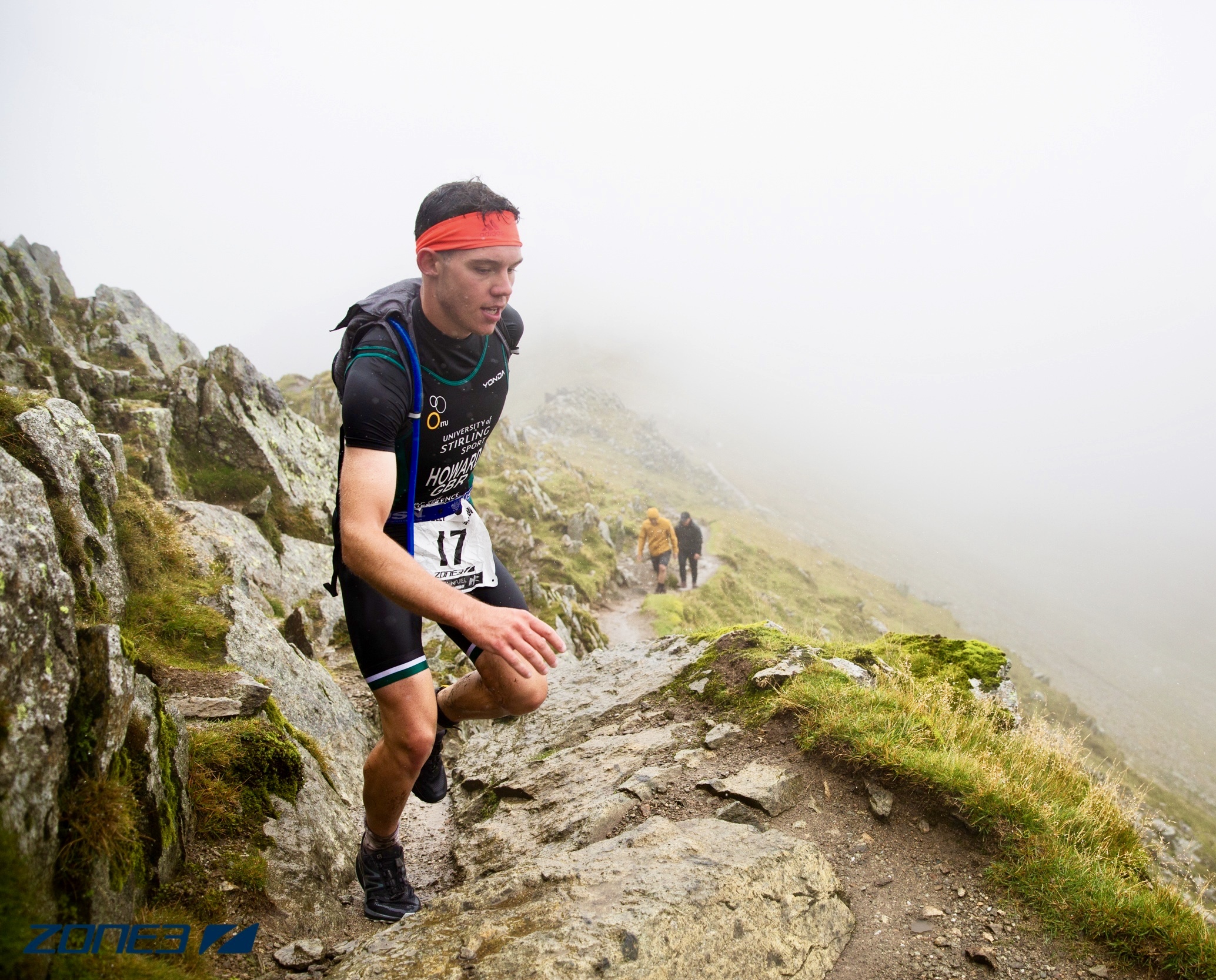‘Different Strokes for Different Folks’ as swimming pools prepare to re-open
Beach-style ‘turn up and swim’, no overtaking, limited changing rooms and restricted swim strokes are the suggestions being put forward for the potential reopening of swimming pools in England next month.
With leisure centres and indoor sports facilities hoping to be part of the next easing of the coronavirus lockdown, Swim England has produced new in-depth guidelines for how people could resume indoor swimming for the first time in almost four months. Included in the five detailed documents are robust recommendations for operators, casual swimmers, lane swimming, family-fun sessions, club activity, teachers and those attending swimming lessons. View all five of the Returning to Pool guidance documents by clicking here.

The guidance has been developed following lengthy consultation with Public Health England, Sport England, leisure operators, including medical professionals. As the lockdown measures begin to ease in the UK, many will be wondering when pools are likely to re-open. The earliest possible date pools could open in England is the 4 July, although it is by no means certain that swimming pools will be able to open from that time. In Scotland, indoor leisure facilities will not be able to open until the country moves to phase three of its plan for easing lockdown – the country has just moved to stage two of the plan. A provisional date for reopening pools is also yet to be given in Wales and Northern Ireland, where indoor leisure centres will remain closed until step four of its lockdown plan.
Is it safe to swim during coronavirus?
There is little definitive evidence either way, although the consensus seems to be that it is safe. Most experts agree that the risk of Covid-19 transmission through water is low or may not be able to occur. The Pool Water Treatment and Advisory Group (PWTAG) said after consulting with Public Health England: “We have checked with our national leads who confirm that coronavirus would be inactivated at the levels of chlorine used in swimming pools” Professor Keith Neal, emeritus professor of epidemiology of infectious diseases at the University of Nottingham, told the BBC that chlorine was “very easily able to inactivate most viruses including Covid-19”.
As with all sports, one of the major concerns of bringing swimming back comes not from the act itself but the social element around it. Swimming involves public changing rooms, showers and the natural inclination to have a chat before and after a session. Chlorinated water should kill the virus, but preventing it from spreading in changing rooms and other areas around pools remains a concern. Therefore, a “stricter regime” will be needed when they do reopen.
Swimmers are urged to shower at home, arriving wearing their swimwear under their clothes called “beach style turn up and swim”, which is designed to make sure swimmers spend less time in the changing room and to ensure that showers are available post-swim. In terms of social distancing the recommendation is that each swimmer has 6sq metres of space. How this is to be enforced yet unknown. Pre-lockdown physical distancing has always been an issue in lane swimming with slow swimmers clogging up fast lanes, and the idle and out-of-breath crowding both ends. Pools can be places of damp, suppressed fury at times! Certain swimming strokes like the ‘Butterfly’ will be restricted in guidelines issued“Wide strokes such as butterfly should be avoided when the lanes become busy” When pools do reopen, it will not be a case of ‘business as usual’ and we know that things will have to be different. There is no ‘one size fits all’ answer to personal hygiene and social distancing measures which will likely result in number of swimmers allowed pool-side being restricted and for a fixed time period. The question for many of us though still remains ‘how do I stop my face mask from getting wet!?’





